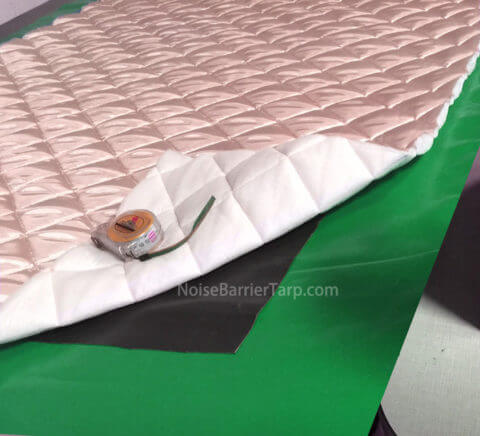I. Introduction
Construction noise pollution has become an increasing problem across cities worldwide. While these projects help with city expansion and development, their construction noise nuisance also poses a serious risk to nearby residents and the environment. Thus it becomes essential to address this issue and implement construction noise barriers that mitigate construction noise pollution effectively.
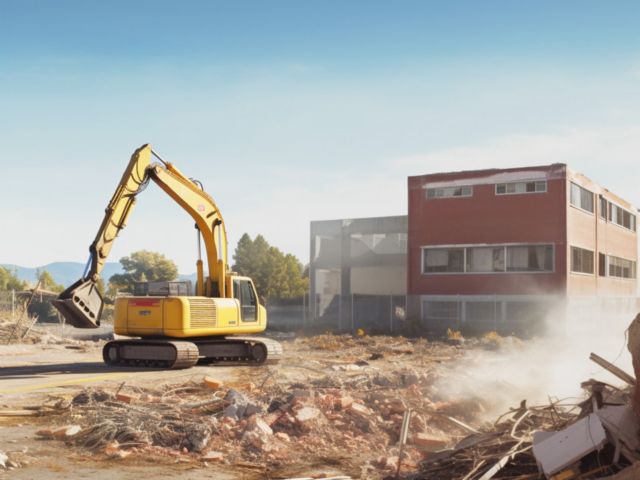
II. Construction Noise Pollution Understanding the Problem
Construction noise pollution refers to any excessive and disruptive sound produced during various construction activities. It may come from heavy machinery, drilling equipment, hammering processes or any other source. Construction noise pollution goes beyond simply being annoying – its consequences for our planet can be severe.
Construction sites are bustling places of activity, contributing significantly to noise pollution. Heavy machinery such as excavators, cranes and concrete mixers all produce significant noise levels; further adding to this output are power tools such as pneumatic drills. Therefore, it is crucial that construction noise pollution sources be identified and addressed accordingly if we wish to effectively lower construction noise levels.
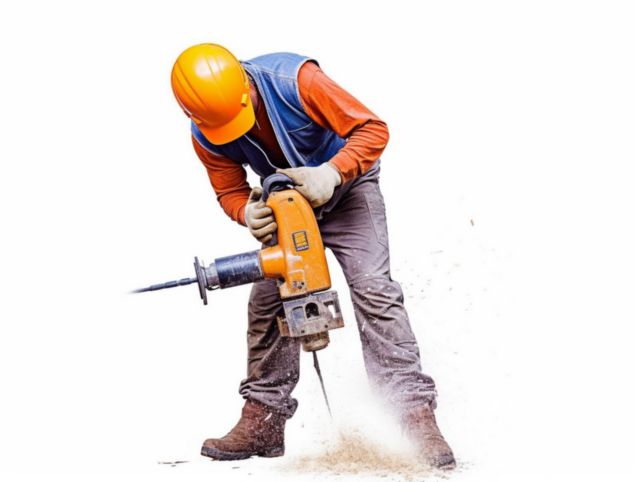
III. Construction Noise Mitigation Solutions Are Needful
Eliminating construction noise pollution through effective noise mitigation measures is of utmost importance, not only for creating more pleasant and peaceful living conditions in nearby communities but also to comply with regulatory requirements and demonstrate environmental stewardship and social responsibility by construction companies.
Regulators establish guidelines and noise limits specifically tailored to construction sites to limit noise pollution. The specific noise reduction construction requirements may differ depending on your jurisdiction and project type; adhering to noise from construction sites guidance not only protects against legal liability but also helps foster harmony with local communities and authorities.
Failing to address construction noise pollution can have serious legal and social repercussions, including fines or penalties due to noncompliance with noise regulations; furthermore, its negative social consequences include straining relationships with neighboring communities, reputation damage, delays in project completion and potentially missed revenue targets. Therefore, construction companies should prioritize construction noise mitigation plan to minimize these repercussions.
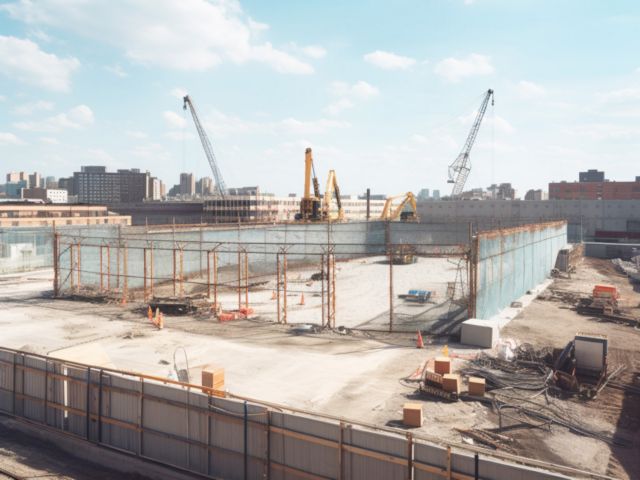
IV. Introduction to Building Noise Barriers
Construction noise barriers are physical structures designed to minimize noise pollution from construction sites to the surrounding communities. They function like shields, absorbing or reflecting noise waves and thus lessening their effect. Strategically placed noise barrier construction tarps form a physical barrier between their source and receptor, effectively decreasing overall noise levels.
Construction sites utilize various types of mobile noise barriers with specific uses and characteristics. This may include temporary screens construction, walls, fences or enclosures that provide sound insulation as well as easy installation and dismantle procedures.Construction site noise barrier often consists of wood, metal or composite panels which make installation and dismantle more manageable than permanent barriers.
Benefits of Noise Barriers in Reducing Noise Pollution
Noise barriers installed at construction sites provide several benefits for residents and workers nearby, including significantly reducing transmission of noise pollution to create a quieter environment for nearby residents and workers. They also aid compliance with noise regulations to avoid potential legal issues; ultimately contributing to improved overall quality of life by mitigating construction noise pollution effects on surrounding communities.
In this section, we will cover how to develop and implement a construction noise mitigation plan, as well as what factors to keep in mind when selecting noise barrier for sale and installing noise barriers.
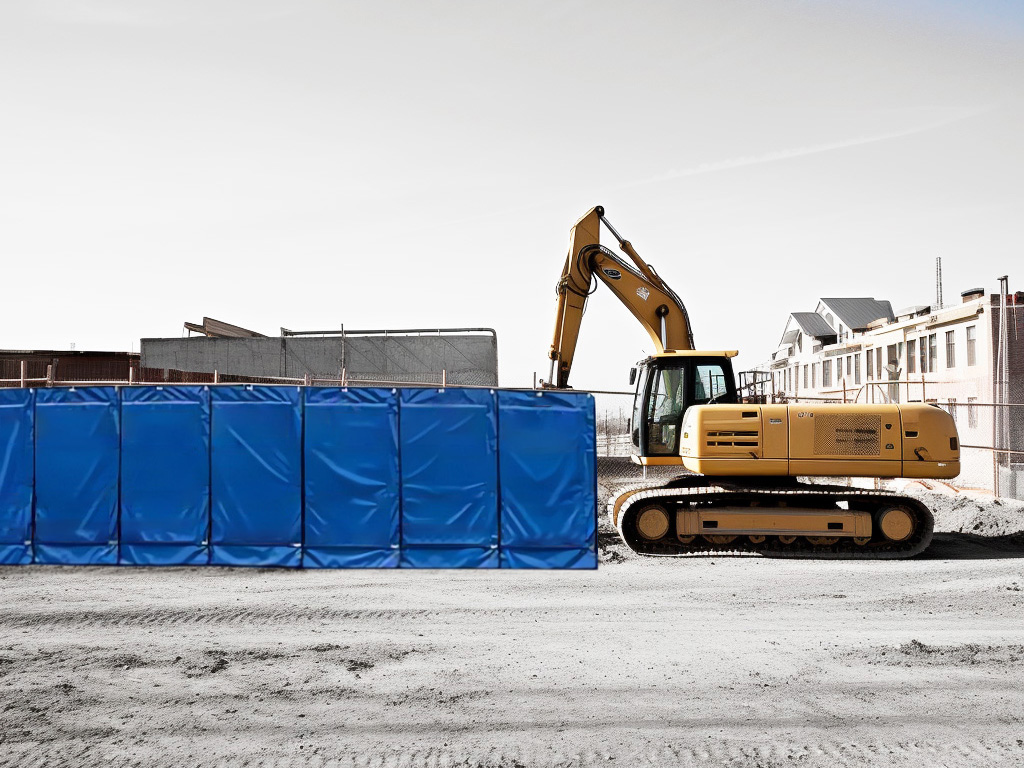
V. Implementation of Construction Noise Barriers
Planning and Implementing a Construction Noise Mitigation Plan
In order to effectively address construction noise pollution, it is vital that a comprehensive noise mitigation plan be created. Such plans involve assessing noise sources, identifying sensitive receptors, and selecting appropriate noise barrier solutions – usually including steps such as these:
- Noise Assessment: Conduct a comprehensive noise evaluation at your construction site to identify all primary noise sources and their characteristics.
- Receptor Analysis: Conduct an analysis to identify potential receptors affected by construction noise such as residential areas, schools or hospitals that could be negatively impacted.
- Noise Control Measures: Based on your noise assessment and receptor analysis, determine the most suitable noise control measures based on installation of noise barriers, sound insulation materials or use of quieter equipment. This may involve installing noise barriers, sound insulation material or using quieter equipment.
- Barrier Placement: For effective noise mitigation, carefully plan the placement of noise barriers for construction sites so they effectively block or absorb noise at its source and minimize its transmission to sensitive receptors.
- Evaluation and Oversight: Regularly monitor and assess the performance of implemented noise mitigation measures to ensure compliance with noise regulations, making any necessary modifications.
Key Considerations when Selecting and Installing Noise Barriers
When selecting and installing construction noise barriers blankets, several factors must be taken into account in order to ensure their optimal performance. These considerations include:
- Material: Select noise barrier construction site materials with superior absorption or reflection properties. These could include concrete, metal, wood or composite panels.
- Height and Length: Determine the appropriate height and length of echo noise barriers by considering noise sources, their distance to receptors, and desired noise reduction levels.
- Placement: Proper placement of anti noise barriers is vital in order to effectively block or redirect noise pollution. Taking into account any obstructions to their effectiveness may ensure optimal results.
- Maintenance: Construction simulator noise barrier require regular inspection for damage or degradation to ensure long-term performance. Any signs of wear should be quickly addressed in order to maintain their effectiveness and keep noise at bay.
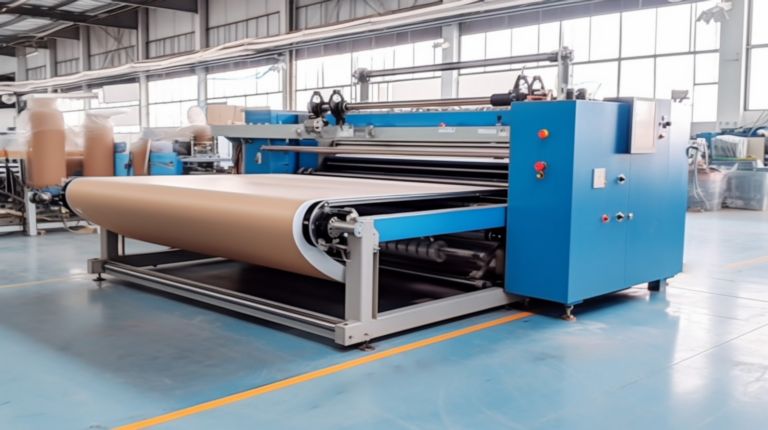
Examples of Efficient Noise Barrier Solutions for Construction Sites
There are various noise barrier solutions available for construction sites, each offering specific advantages and applications. Some examples include:
Acoustic Fencing
Acoustic fencing refers to solid barriers made of materials with sound-absorbent properties such as composite panels or concrete that help reduce noise transmission at construction sites. These barriers are commonly placed around perimeters in order to reduce transmission.
Acoustic Enclosures
Acoustic enclosures are structures designed to encase noisy equipment or activities and effectively contain their noise emissions, making them particularly effective in combatting high-noise activities like drilling or pile driving.
Temporary Noise Barriers
Portable and flexible noise barriers products such as temporary screens or walls can easily be set up and taken down on construction sites with fluctuating noise sources, making these temporary solutions perfect.
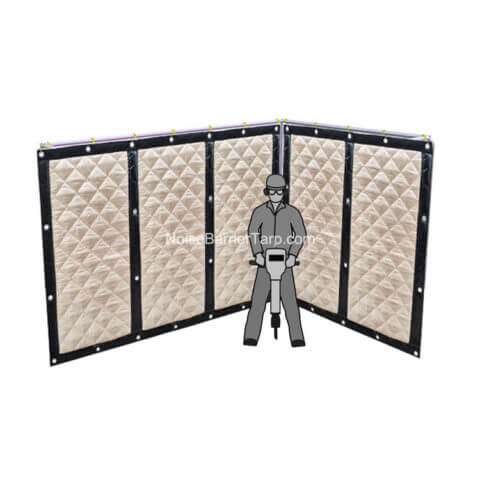
Temporary Noise Screens
Tarpaulin Screen Sound Reducing Screens Sound Blocking Screen | Soundproof Screen Outdoor Noise Reducing Screens Outdoor Noise Cancelling Screens
VI. Temporary Noise Barriers and Insulated Tarps
Construction projects often necessitate temporary noise barrier blankets and insulated tarps as part of their noise pollution mitigation strategies. These temporary solutions effectively lower construction noise disturbances to create a more peaceful and harmonious work environment for both workers and nearby communities. We will explore their use here along with discussing their benefits compared to traditional blankets/tarps and their effectiveness at mitigating environmental noise pollution.
Temporary construction sound clips and acoustic barriers are essential parts of construction sites, offering protection from excessive noise levels. By restricting soundwave propagation beyond site boundaries, temporary noise barriers help create a calmer environment in surrounding communities.
Benefits of Utilizing Tarpaulins as Noise Barriers
Noise barrier in construction site is becoming increasingly popular in construction projects due to their many advantages. These special materials are designed to absorb and dampen sound waves so as not to propagate throughout surrounding areas. Some key benefits of using noise barrier blankets/tarpaulins for construction projects are:
- Noise Reduction: The noise barrier for construction site significantly decreases construction noise levels to noise limits on construction sites for a more pleasant work and living environment for workers and nearby residents.
Versatility:Noise barrier blankets and tarpaulins offer incredible versatility when it comes to noise mitigation on construction sites. Customizable noise shielding products ensure maximum noise suppression. - Quick Installation: China noise barrier solutions can be quickly and easily installed to provide effective noise reduction without creating significant delays to construction timelines.
- Durability:Noise barrier blankets and tarpaulins constructed with high-grade materials are built to withstand adverse weather conditions and long periods of use for maximum effectiveness.
The Effectiveness of Temporary Solutions in Reducing Noise Pollution
Temporary noise barriers and insulated tarps have proven highly effective at mitigating construction noise pollution, providing construction companies with an effective means of mitigating its effect on nearby communities and complying with noise regulations. Some benefits associated with using temporary noise barriers and insulated tarps for noise pollution mitigation during construction activities:
- Improved Quality of Life: By reducing noise from the construction site, temporary solutions like these help improve quality of life for residents living near construction sites.
- Improved Work Environment: Noise barriers and insulated tarps create an optimal working environment for construction workers, increasing productivity and overall job satisfaction.
- Compliance with Regulations:Many jurisdictions have noise regulations in place to protect communities from excessive noise levels. Utilizing temporary noise barriers and insulated tarps ensures compliance with these regulations, thus avoiding potential legal issues.
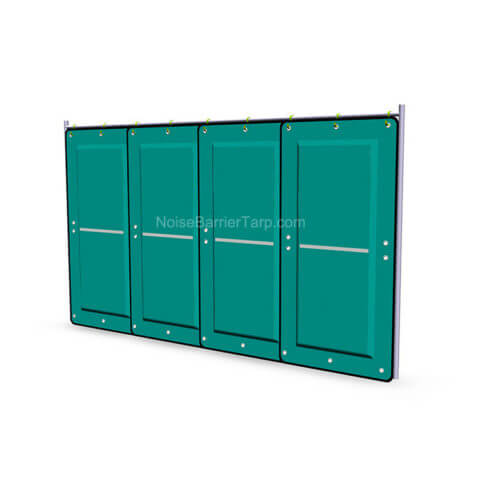
Noise Barriers for Temporary Fence
Road Noise Barriers for Homes STC 27 | Noise Barrier Curtains for Home Use Noise Barriers for Backyard Noise Barrier Events
VII. Conclusion
In this blog post, we have explored the role of construction noise barriers in mitigating environmental noise pollution. We reviewed temporary screens and sound barriers; and discussed their benefits along with noise barrier blankets and tarpaulins. These temporary solutions effectively reduce noise disturbances resulting in a calmer and more peaceful work environment for both construction workers and neighboring communities alike.
Construction companies should prioritize noise mitigation strategies and implement temporary noise barriers and soundproof tarp in their projects to create a more pleasant work environment for workers while simultaneously showing their dedication to reducing background construction noise and protecting community well-being.
As we explore noise control options in construction projects, we urge all readers to keep noise pollution under control and find solutions together that promote a peaceful construction experience while at the same time protecting its surrounding environment.

